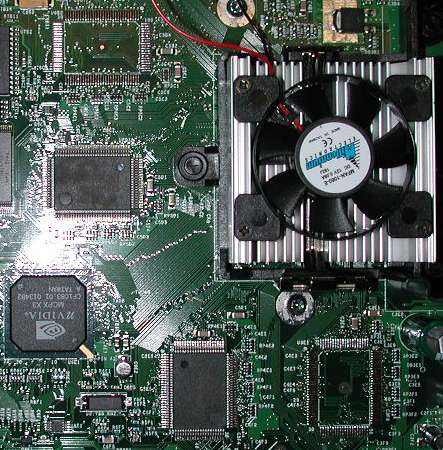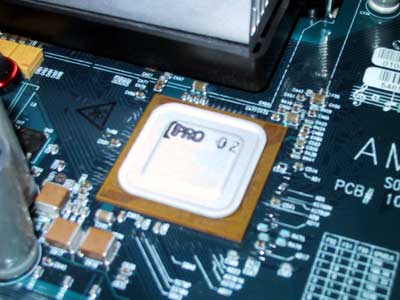Panajev2001a
Veteran
This is a quick topic, I was looking a while ago at the specs of the Pentium 4 3.06 GHz...
4.2 GB/s of bandwidth to memory
8x AGP
>12 GFLOPS
>6 GIPS ( should be over than that, I am assuming a ROUGH metric of 2 integer isntructions/cycle... the double pumped ALU should be able to push more, but still I am trying to be conservative )
512 KB of L2 ( 256 bits bus, up to 256 bits each cycle )
Especially the GFLOPS rating was interesting... the Pentium 4 has a good caching scheme, more bandwidth than the PS2 ( 1 GB/s more than the PS2 which has a theoretical max of 3.2 GB/s )... so with anything bad you can say about SSE, the Pentium 4 has enough bandwidth to sustain a good portion of those 12 GB/s...
The AGP 8x has a top bandiwdth of 2.1 GB/s... ok it is not as efficient as people would like it to be, but again this is 900 MB higher than the ma theoretical value for the GIF-to-GS bus which while being quite efficient ( or so I heard ) tops at 1.2 GB/s...
How come nobody even from Intel has tried to showcase the 3D capabilities of the latest Pentium 4s ???
4.2 GB/s of bandwidth to memory
8x AGP
>12 GFLOPS
>6 GIPS ( should be over than that, I am assuming a ROUGH metric of 2 integer isntructions/cycle... the double pumped ALU should be able to push more, but still I am trying to be conservative )
512 KB of L2 ( 256 bits bus, up to 256 bits each cycle )
Especially the GFLOPS rating was interesting... the Pentium 4 has a good caching scheme, more bandwidth than the PS2 ( 1 GB/s more than the PS2 which has a theoretical max of 3.2 GB/s )... so with anything bad you can say about SSE, the Pentium 4 has enough bandwidth to sustain a good portion of those 12 GB/s...
The AGP 8x has a top bandiwdth of 2.1 GB/s... ok it is not as efficient as people would like it to be, but again this is 900 MB higher than the ma theoretical value for the GIF-to-GS bus which while being quite efficient ( or so I heard ) tops at 1.2 GB/s...
How come nobody even from Intel has tried to showcase the 3D capabilities of the latest Pentium 4s ???


